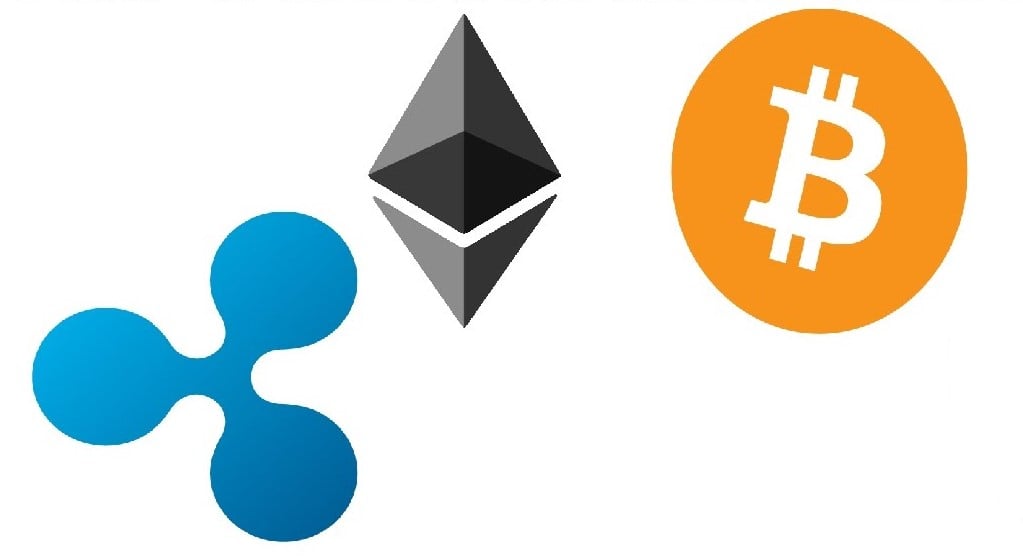If something cannot go on forever, it will stop. —- Herbert Stein, President Richard Nixon’s chief economic advisor
One of the hottest financial investment questions today is whether to invest in virtual currencies. Early investors in Bitcoin, Ripple, and other investment vehicles doubled and tripled their money in just weeks. Indeed, by the end of 2017, bitcoins were 40 times as valuable as they had been at the beginning of the year.
Hundreds of millions of people throughout the world regret not having already gotten in on this modern-day gold rush. Is it now too late to make huge profits in virtual currencies, or is there enough time to jump in – and still get out safely?
We know that the speculative frenzy of the roaring twenties led to the stock market crash of 1929, and that the out-of-control real estate speculation in the early years of the new millennium led to the financial crisis of 2007-08.
Are we now seeing history once again repeating itself? Or has Bitcoin and its competitors built in enough safety features to prevent that from happening?
Despite the best intentions, there are two insurmountable barriers to the continued rapid climb in the value of virtual currencies. The first is the relatively slow annual rate of growth of the world’s output of goods and services. The second is the psychological element, which we’ll get to later.
Very likely, the nearly 40 virtual currencies will reach of total value of $1 trillion later this month. That is less than one percent of the total value of world output of goods and services. That output is growing at an annual rate of 3 ½ percent. If it continues growing at that pace, it would double in 20 years.
If the value of bitcoins were to sustain its rapid rise, they alone might reach a quarter of the value of world goods and services output by year’s end.
So, possibly within just a couple of years, we will have far too much money chasing too few goods, resulting in a classic case of run-away inflation. Even though the prices of virtual currencies might continue their rapid rise, their actual purchasing power will be declining.
But even before that happens, the psychological element will come into play. Initially, when a speculative frenzy takes hold, more and more investors want to get in on the action. They’re still thinking of all the money they could have made if they had only made if they had gotten in just a few weeks earlier.
As long as the price of virtual currencies keep rising rapidly, buyers will probably continue to bid them up still further. But what if price increases begin to level off? Or even worse, what if prices begin to fall?
We know from bitter experience what happens when a panic sets in, as more and people sell. Will that happen within the next two or three years to virtual currencies? Will they manage a soft landing, so most investors can take their profits and only the most recent ones lose any money?
There is a ceiling on the value of virtual currencies. That ceiling is the world’s output of goods and services. After all, the ultimate value of any currency is what you can buy with it. A trillion-dollar bitcoin would not be worth what a bitcoin is worth today.
It may be that in the next year or so, the rise in the value of virtual currencies will substantially slow, and we will avert a financial disaster. But right now, I wouldn’t bet on it.
About the Author
Steve Slavin has a PhD in economics from NYU, and taught for over thirty years at Brooklyn College, New York Institute of Technology, and New Jersey’s Union County College. He has written sixteen math and economics books including a widely used introductory economics textbook now in its eleventh edition (McGraw-Hill) and The Great American Economy (Prometheus Books) which was published in August.






